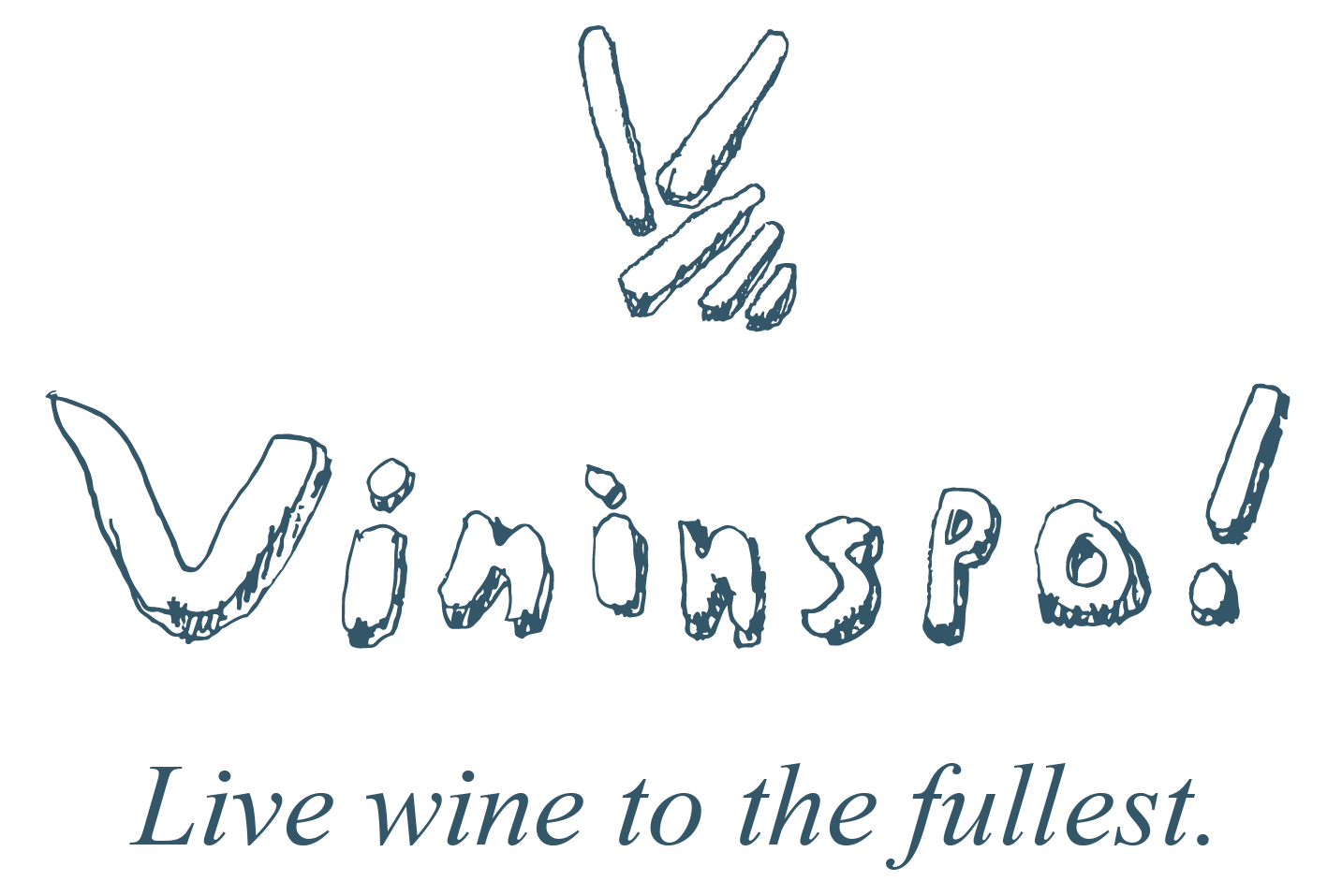Variety show: Chardonnay
Snapshot of the planet’s most widely planted white wine grape
Perhaps the planet’s most-famous white grape, this is the one behind Chablis and Burgundy’s great whites, as well being the key white grape in Champagne. There would be few winemakers who didn’t confess to an obsession with Chardonnay.
In Australia, this grape accounted for one-fifth of the total grape crush in 2022. And despite its ubiquity and popularity, it’s a slightly misunderstood grape in some quarters. Why? Well, I suppose there’s no such thing as a “typical” Chardonnay.
This non-aromatic grape doesn’t have a huge amount of flavour of its own and is pretty versatile in terms of where it can grow – cool, moderate and warm climates can all work, with differing results.
In general you’ll get sharper, crunchier flavours (think apple, grapefruit, lemon, firm nectarine) in cooler climates and fleshier, softer, riper flavours (think juicy peach, fig and pineapple) in warmer places.
That effects the feel of the wine, too. Cooler tends to mean tighter and leaner; warm tends to mean softer, rounder, looser.
On top of that there is often a certain amount of winemaking influence in play. Wines can be unoaked or oaked. They can be oaked clumsily or classily – the latter would be fermented in oak barrels, usually French and often with a portion being first-use (“new oak”), which imparts quite a bit of flavour ranging from vanilla through nougat to nuts.
Even if a winemaker uses large (less wood contact with the wine), used (aka neutral/seasoned oak, which has a diminishing influence on aroma/flavour), barrel fermentation will tend to leave the wine feeling broader and rounder. This is because the barrels aren’t airtight, and that limited oxygen transfer allows the wine to breathe and fill out.
Malolactic conversion is another option that affects the taste and feel of the wine. This is where the winemaker chooses to partially of wholly convert harsher malic (crisp Granny Smith apple-like) acidity to softer, creamier lactic acid. This also lessens the overall acidity, and is therefore more likely to occur in cooler regions where the acidity of the must is higher.
Extended lees contact and lees stirring (aka bâtonnage) are other options. Wine lees are the spent yeast cells following fermentation, mixed with other particles such as broken down grape pulp and skins. Leaving wine on lees can lead to richer texture, fuller body and perhaps additional nutty, creamy flavour. Among other things, stirring the lees can increase this effect.
Want to know more? Watch this video to learn about some of the choices made in growing and composing a single-vineyard cool-climate Chardonnay.

